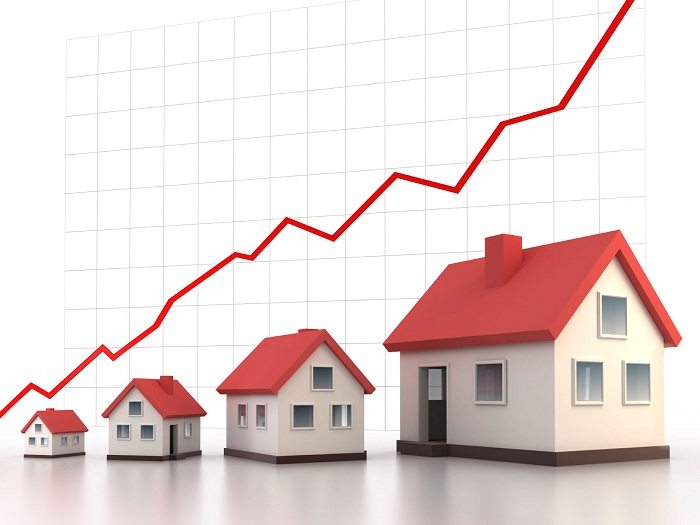The start of the New Year brought glad tidings for many residents who were feeling rather pressed by the steady escalation of rents in Dubai throughout 2015. The Dubai Real Estate Regulatory Agency’s rent calculator reported declines in various Dubai localities in January 2016 and Abu Dhabi’s Urban Planning Council’snew laws came into effect on January 1 that aim at regulating realty developers in order to make investors’ capital even more secure. These developments have certainly had a positive effect on the real estate sector in both Abu Dhabi and Dubai. For this month’s report, Bayut.com takes a detailed stock of the changes in the apartment rental segment of the bustling realty sectors in the two emirates.
Dubai
Localities offering affordable rental options are fast gaining popularity among tenants. The shift is only natural when a large number of middle- and low-income individuals and households are making their way to the city owing to unabated development that keeps churning out jobs. The city has a vast population of labour from South and Far East Asian countries that fall in the middle-tier income groups, thus spurring demand for affordable housing units.
In January, Bayut.com noted Dubai apartment rents declining in certain bed groups while increasing in others. Average apartment rent in Dubai across all bed categories remained close to AED 138,000. The number was a 3 percent increase over average apartment rent of AED 134,000 at the end of December 2015.
As the prices in Dubai’s real estate market have been experiencing soft adjustments over the course of the outgoing year and rents remaining robust, the return or yields for investors in the apartment category have become highly attractive. On average, apartment yields across Dubai were estimated at a little over 6 percent, although the yields go up to 10 percent depending on location and quality of projects.
However, not all individual bed categories posted increases in rents. In our month-on-month study, we found average annual rents for studio apartments at about AED 59,000, a negligible 1 percent decrease compared to December 2015.
One-bed apartments were being rented for an average of AED 97,000 in January 2016, registering a 0.8 percent decrease, while 2-bed and 3-bed apartments posted 0.1 percent and 2.2 percent increases with average annual rents of AED 151,000 and AED 211,000, respectively.
Again, the 4+ bed category saw a rental decline of 2.2 percent in January 2016, down to an average of AED 330,000 from AED 337,000December 2015.
Despite turbulence, property yields increased across all bed groups. Studio apartments offered average yields of 7.23 percent, 1-bed apartments 6.4 percent, 2-beds 5.7 percent and three-bed category returned 5.3 percentof the unit cost in January 2015. The 4+ category was found to be offering the least yield at 3.55percent.
According to Bayut.com’s search trends, Dubai Marina remained the most popular locality for renting apartments in Dubai, followed by Jumeirah Lakes Towers. Bur Dubai, Downtown Dubai and Business Bay rounded up the list of top five localities for renting apartments in January 2015, in that order.
Abu Dhabi
As the previous year saw rents across Abu Dhabi rise unabated, January brought some relief as supply and demand forces resulted in a downward shift in apartment rents. Apartment rents across all but the 3-bed category saw declines in values, and could be a hint of the market adjusting to normalise the inflationary value gains it amassed last year.
Average apartment rents fell 5 percent in the UAE capital, down from a December average of AED 141,000 to AED 135,000 in January.
According to Bayut.com’s study,annual rents of studio apartments in Abu Dhabi averaged AED 64,000 in January 2016, posting a 3.6percent decline in value compared with December 2015. One-bed apartments and two-bed apartments saw respective falls of 1.3percent and 4percent, with average rents at AED 99,000 and AED 136,000 in the first month of the year. Only the 3-bed category managed gains, registering a 2.3percenthike in value that made average rents climb to AED 192,000.The 4+ category saw the biggest decrease of 4.6percent, the rents falling down to AED 252,000.
Although apartment rents saw declines, the average yields still offered a lot of value for investors averaging 7percent across all bed categories. Individually, studio apartments yieldedan impressive 9.4percentasset value, while 1-bed yields remained a little over 8 percent. Two-bed, 3-bed apartments returned yields of 7.3percent, 7.4percenton average, while rental yields for 4+ category stood at 4.64percent.
In terms of popularity Al Reem Island, Al Raha Beach, Al Reef, Al Ghadeer and Saadiyat Island remained the top five localities for renting apartments in Abu Dhabi.
Our Take
The ongoing slowdown of global economy has certainly affected demand in realty markets across the world. A rallying dollar and rising interest rates coupled with falling oil prices have not only made international purchases costlier but have also forced several economies relying on oil exports for growth to introduce monetary and fiscal tightening. The liquidity shortage will remain a challenge in the ongoing year, but Dubai and Abu Dhabi might well be in the clear, thanks to their limited – and in Dubai’s case, 5 percent – dependence on oil.
The governments remain committed to persisting with major projects and continuous developments in diverse sectors such as the real estate, financial, services, industrial, healthcare and tourism/leisure are driving both job and economic growth.
Dubai and Abu Dhabi will continue to be the regional business and innovation hubs and keep attracting human capital from across the world, helping their realty sectors with a constant demand and impetus to keep on building.


